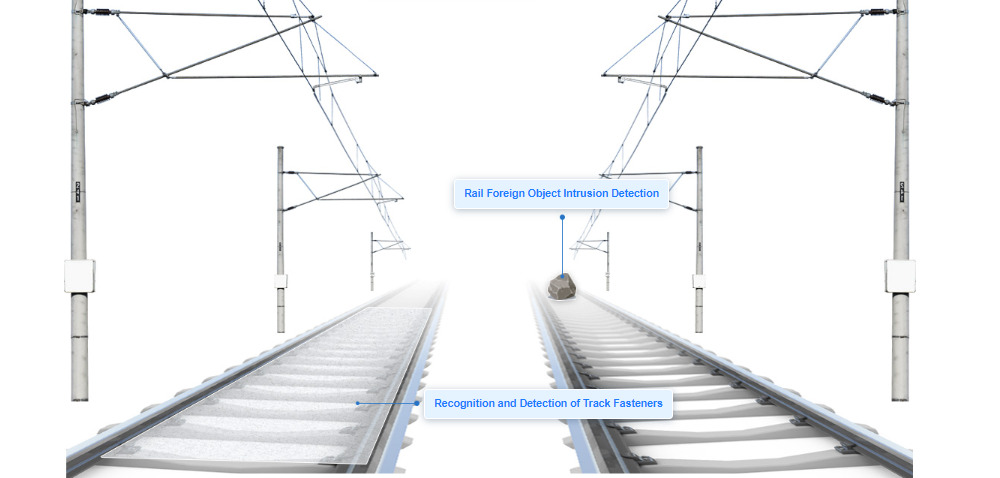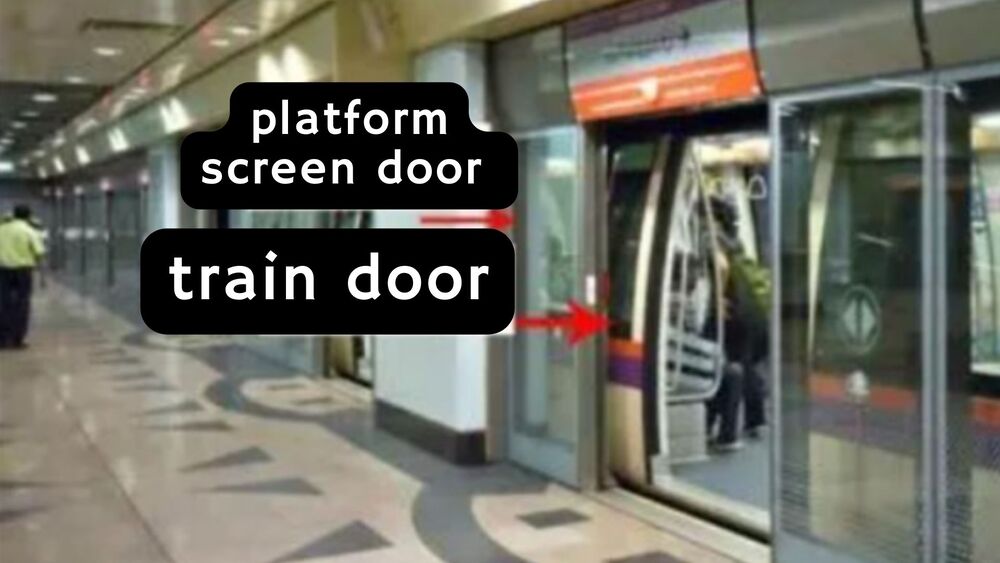How LiDAR Improves Every Aspect of Smart Rail Operations
Author: Release time:2023-04-28 08:52:09
The future of rail transportation is now. As we continue to increase demand for public transportation and the need for better efficiency, the rail industry has turned to innovative technologies to address these challenges. One such technology that is revolutionizing the rail industry is LiDAR.
LiDAR, which stands for Light Detection and Ranging, uses laser beams to capture precise measurements of the environment and create 3D models of its surroundings. The LiDAR technology has many practical applications, but its focus on both accuracy and rapidity has made it a significant asset in the development of smart rail operations.
In this article, we’ll talk about how LiDAR improves every aspect of smart rail operations.
LiDAR and Rail Infrastructure Planning and Design
LiDAR technology has proven its significant benefits in relation to rail infrastructure planning and design. LiDAR 3D models have enabled engineers to create incredibly accurate virtual mock-ups of existing rail infrastructure within the planning and designing phases of building new rail networks or maintaining existing ones.
The LiDAR data can provide precise measurements that are then turned into a 3D model of the environment. This systemization has two main benefits:
- It reduces the time and costs associated with field surveying, constructional layout, and checkups.
- It minimizes, if not eliminates the human error that can hurt the effective planning and design of the rail network.
Additionally, Cad and BIM, two computer-aided design (CAD) systems that are commonly implemented in the designing phase of engineering projects, work seamlessly with LiDAR data to reduce planning errors, optimize blueprints and further reduce the cost of operations where they would otherwise occur.
LiDAR and Rail Safety
It’s impossible to deny the significant role that LiDAR technology can play in improving the safety of rail travel. LiDAR sensors can detect changes in rail tracks and location data in real time of vehicles or objects on the track. The real-time providing of measurements can be used to assess safety and determine whether any objects on the tracks are a source of concern that need analyzing, which helps prevent dangerous collisions.

Railways can also improve safety by detecting small tilts, curves, and other track abnormalities by using LiDAR sensors. This system helps prevent accidents from occurring, reducing accuracy issues, and restricting the potential for incidents that are caused by flawed track structures.
Neuvition Titan M1 series LiDAR
With a resolution of up to 700 lines and an angular resolution of 0.01°, Neuvition LiDAR Titan M1-R can effectively detect 600 meters, and meet the needs of faster measurement speed and higher measurement accuracy (up to ±2cm). Neuvition LiDAR uses a 1550nm laser which is a safe waveband for human eyes, can penetrate dense fog and dust, and adapt to harsh work environments. It meets the railway department’s requirements for vibration, radiation interference, different environmental temperatures, humidity, electromagnetic compatibility, etc.
LiDAR in Rail Maintenance and Inspection
LiDAR technology has also been gaining popularity in rail maintenance and inspection to reduce maintenance costs and improve efficiencies. LiDAR sensors placed on rail cars can scan tracks, tunnels, stations, and bridges to identify any signs of deterioration that might lead to malfunctions or accidents.
LiDAR data also enables predictive maintenance in several ways. First, by collecting a large amount of track data at a high accuracy speed, LiDAR is able to support and improve the quality and speed of routine maintenance tasks. Second, because LiDAR captures and converts data across multiple layers of information, artificial intelligence systems can identify patterns that strategically assist in predicting maintenance needs, thereby minimizing operational failures.
LiDAR and Passenger Experience
Smart railways need to ensure that the end-users, in this case, rail passengers, enjoy a smoother, safer, and more comfortable experience. LiDAR technologies help promote the adoption of smart ticketing systems and passenger flow management, increasing customer satisfaction and loyalty.

Digital way-finding, passenger tracking, and congestion alerts use LiDAR technology to determine passenger locations, movements, and flow rates. This real-time data can help passengers quickly navigate the railways, reducing bottlenecks and ease of travel. Rail congestion alerts are then made visible to the customers, who can optimize their schedules, knowing the arrival times of trains, people, and services available on the platforms in real time.
LiDAR and Energy Optimization
In order to operate smart railways that reduce costs and environmental impact, it is essential to address energy consumption in rail infrastructure. Therefore, LiDAR technology has the potential to significantly reduce energy consumption through real-time train speeds and movements.
By analyzing and adjusting rail traffic in real time, LiDAR sensors help optimize energy consumption for rail car movers. LiDAR technology assures that energy use is kept to a minimum, reducing unnecessary energy consumption and promoting sustainability.
Conclusion
LiDAR technology has supplied significant benefits to the railway industry by contributing to a vision of smarter and more efficient rail networks. LiDAR sensors can help plan, design, and maintain smart railways better and faster than ever before, which helps reduce costs, optimize energy consumption, and improve passenger traveling experiences while enhancing safety in rail operations.
LiDAR has been a significant asset in the railway industry, proving its significance in every aspect of smart rail operations by providing accurate and real-time measurements that are required for its functions. It’s no surprise that LiDAR sensors have become vital components of the railway industry, as rail operators, customers, and manufacturers are relying on them to make rail travel cheaper, safer, and more efficient.